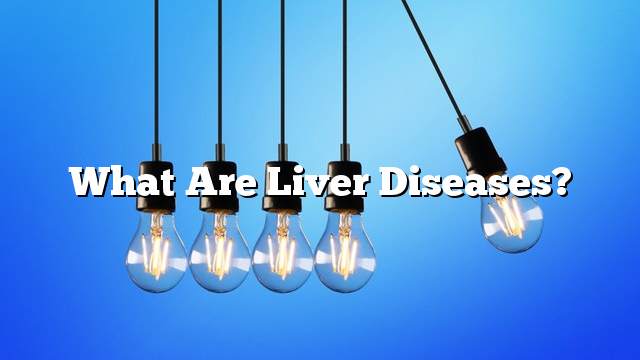The liver is one of the most important organs of the body, the largest organ in the human body. The liver has a variety of functions, including yellow, which is a yellow liquid liquid that helps digestion, converts food to energy, and cleanses blood from toxins.
There have been many diseases that could cause damage to this important organ, and among the causes of these diseases viruses of hepatitis A, hepatitis B, and hepatitis C. Other liver diseases are caused by toxins, alcohol or drugs. When the liver forms scar tissue caused by a disease, the condition is called cirrhosis. The liver may be exposed to cancer, while liver diseases such as blood pigmentation can also be inherited.
Before talking about liver diseases, there are many common symptoms common and common diseases of the liver, the beginning of jaundice is the main symptom, which is a yellowing of the eyes and skin due to the accumulation of yellow matter.
Other common symptoms include abdominal pain, loss of appetite, weakness and fatigue, low weight vomiting.
- Hemoglobulinemia:
A disease in which iron accumulates heavily in the body, also called iron overload, and in which the body becomes unable to get rid of the iron that the body worked to store and absorb, then the deposition of blood dyes can cause the liver, pancreas and heart to stop, Iron storage is usually surplus.
This large presence of iron in the liver leads to liver disease including: enlarged liver, liver cancer, cirrhosis or liver cirrhosis and hepatic failure.
Its common treatment is “phlebotomy”, in which blood is withdrawn from the body. Blood cells contain iron and the iron is withdrawn. The patient should avoid alcohol, pills or excess injections, iron and fish. While reducing the patient’s daily intake of vitamin C as it helps to absorb the body’s iron.
The main cause is the long infection with hepatitis C and B, and the risk of liver cancer by drinking alcohol, and it can occur in patients: diabetes, obesity, blood pigment deposition, cirrhosis of the liver.
- Other diseases such as:
Alcoholic liver disease is named because of alcoholism.
Non-alcoholic fatty liver disease, which works on the accumulation of fat in the liver and is considered to be the most susceptible to the disease, diabetes, overweight or obesity, high cholesterol.
In severe cases, it may be necessary to perform a surgical procedure for liver transplantation, in order to remove the injured liver, and replace it with another liver donor.
